When you are done reading this article you should be inspired to give this composite technique a try. This is designed for Intermediate to advanced photoshoppers, but you can give it a try even if you’re a beginner. I will compare the various ways you could go about achieving this effect and you can choose the one that is right for you.
Studio Composites That Look Surreal-Istic
What I used: Photoshop, OneOne Photo 10 (easy blue screen removal) and Mystical Suite Gen1 (snow effect). Another thing you’ll need is an imagination! The first thing I started with was finding a model and costume. I live in Japan, so Kimono’s are readily available for about $280 for a nice one like this. I shot this against a plain medium blue background with 2 lights, one 60″ softlighter II umbrella on the subject up high camera left and one bare speed light on the background to even out the blue color. You can see my RAW image of the model and there’s a lot of wrinkles and color variation, but it won’t matter in the end (planning the shot is key here).
After getting the shot I needed to choose a background, decide the mood of the final image and cut out the model from the blue background. I used OneOne photo 10 to remove the model from the background using the masking brush with perfect brush turned on. Then I used the refine brush with color decontamination turned on to eliminate any blue fringing around the model and umbrella. Once I was happy with the masking, I saved the document as a Photoshop .psd file and opened it in photoshop. Once in photoshop I chose an older shot I took while visiting Alaska, imported it and added it as a layer behind my new mask created in OnOne Photo 10.
The next part is simple, but probably the most important part to make it look believable. You need to add a hue saturation and brightness contrast adjustment layer to the model or the background and make them match each other. I did this to taste and by eye until I thought it looked like she was really “in” the scene. Once happy, I opened the Mystical software plugin and added snow, light rays and a color desaturation. The overall effect looks believable because of the order I did the post processing in. Had I done the background and model separately it would not look believable because I would have different amounts of saturation and contrast in the final image. Doing that tells your brain that something is wrong. Lastly, by adding snow over all parts of the image several times with different thicknesses, blur and intensity, I was able to create a more realistic snowy environment for my subject. Keep in mind, my original goal was to create something surrealistic. Meaning, surreal and real looking at the same time and I didn’t have to subject my model to the frigid -19 degree temps I experienced in Alaska. So, many of you pro photoshop people might be saying you would do it differently, which is great. I know many ways as well to achieve the same thing in Photoshop and you probably do too.
There are no right or wrong ways to go about this. I use the pen tool a lot, but this image didn’t need it due to the blue background and how good OnOne is at removing background (PhotoKey 7 is even better, but I don’t own it yet due to the price)… The pen tool is great for cutting people out of backgrounds, but it takes more time and doesn’t always cooperate with me, so this was the easy way out. You can also achieve the effects of the snow and desaturation, hue adjustments by using a snow brush on different layers and then adding a gaussian blur to each to taste and adding a hue saturation adjustment layer to adjust the overall saturation of each color channel to taste. Then if you wanted to you could add a color wash layer and lower the opacity and change the blend modes to taste. I keep saying to taste, because this is all subjective and only you have the vision in your head. As an artist, YOU have to decide what works for you and what you like, but having the basic fundamentals of photography and photoshop will help immensely. Check out youtube and search for Phlearn, they have upped my Photoshop game more than I could have ever imagined. Thanks Aaron Nace! Thank you for reading my tips and I truly hope they help you create the art that is in your head. Now get out there and DO IT!!!
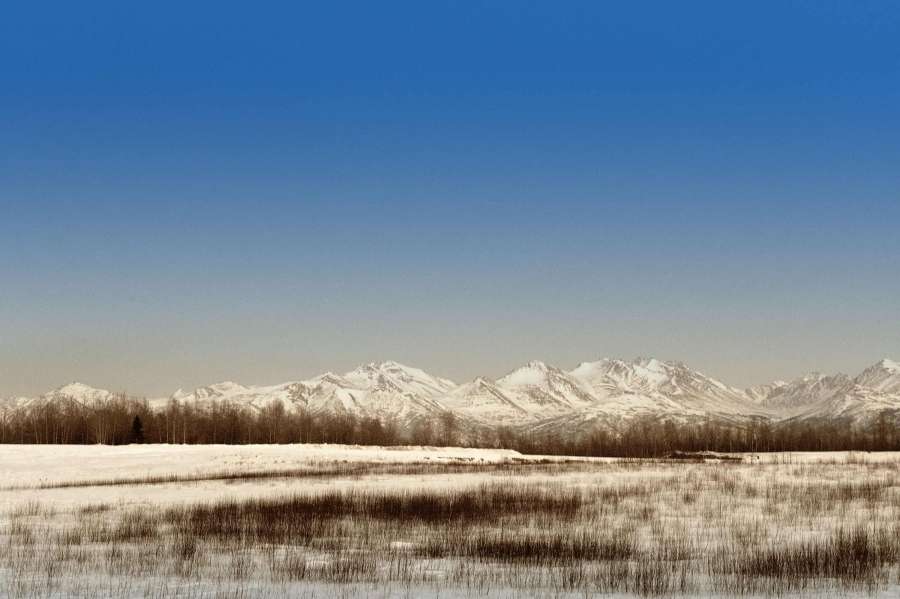
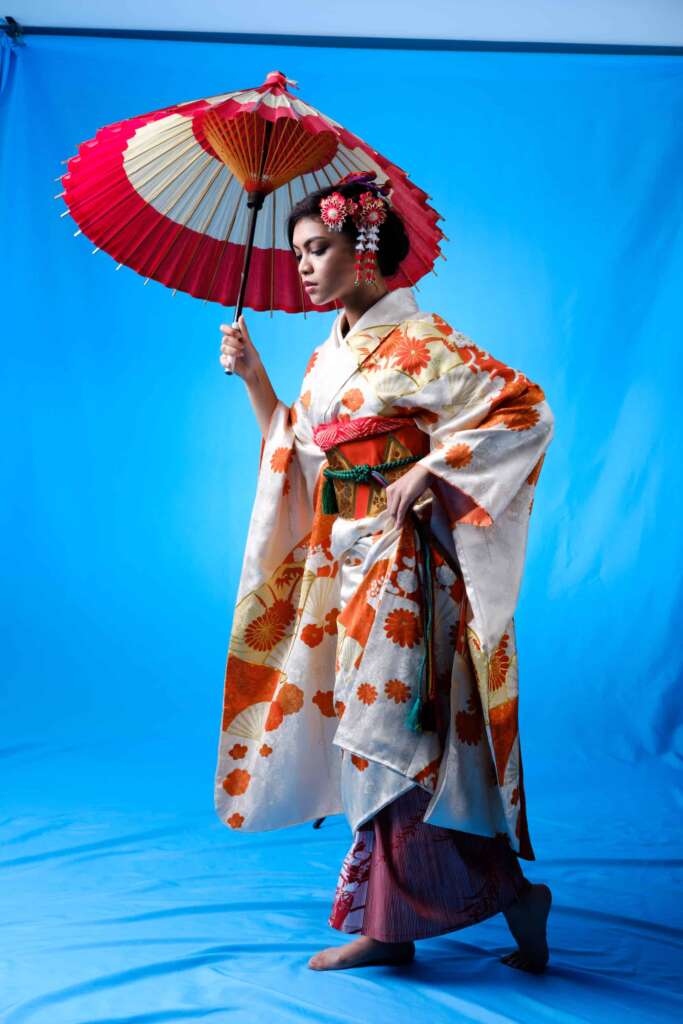
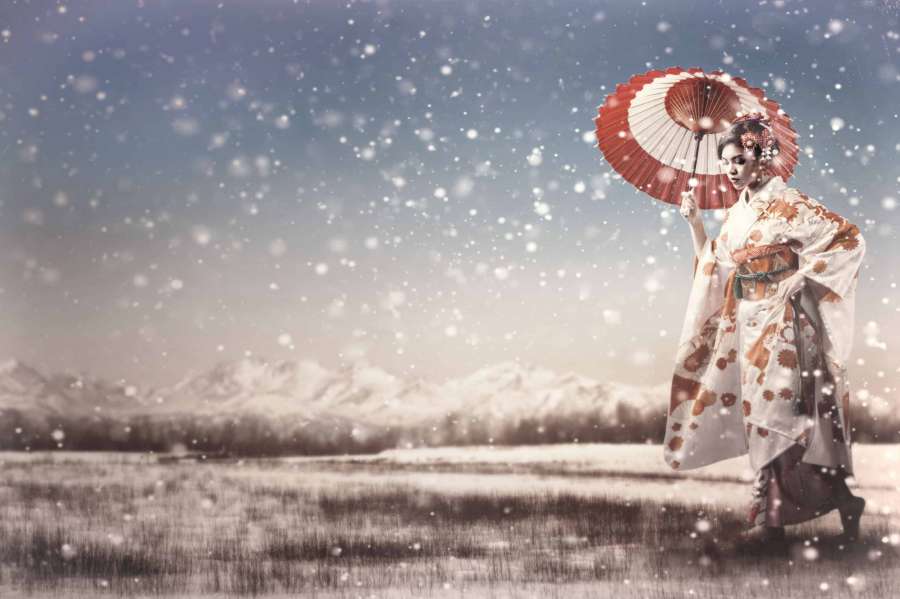
More Examples of My Composite Work to Inspire You to Try…
Experiment, have fun and learn the technical aspects of composites listed above. You have to know when you see what you like and stop cooking the image before you go too far. The point here is to learn how to do what you want to do and then execute it and turn it into reality. I’m an artist (painting, drawing, sketching, etc…) so I think of photography as a blank canvas. Is it worth my time and money to put my vision onto the canvas or should I start over, try again or learn some new techniques to be able to actually pull off my vision.
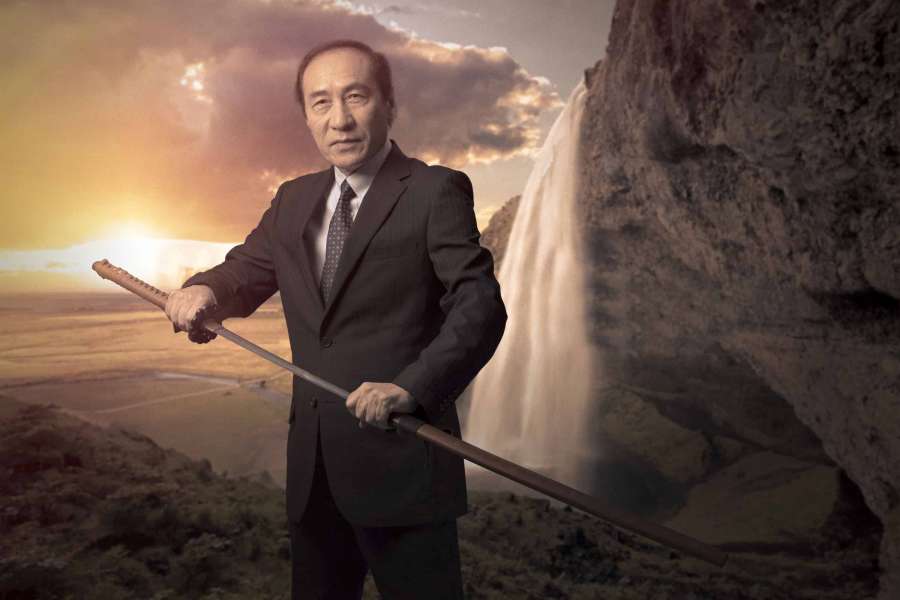
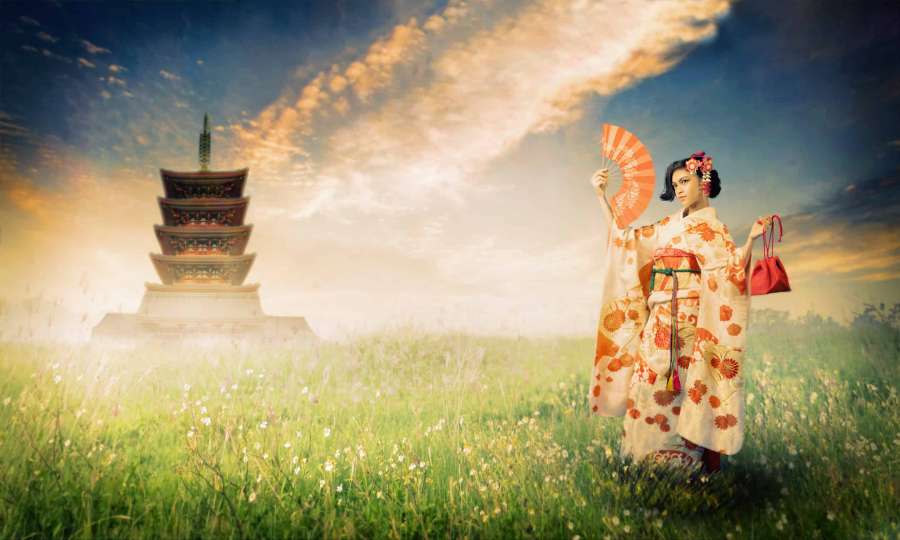
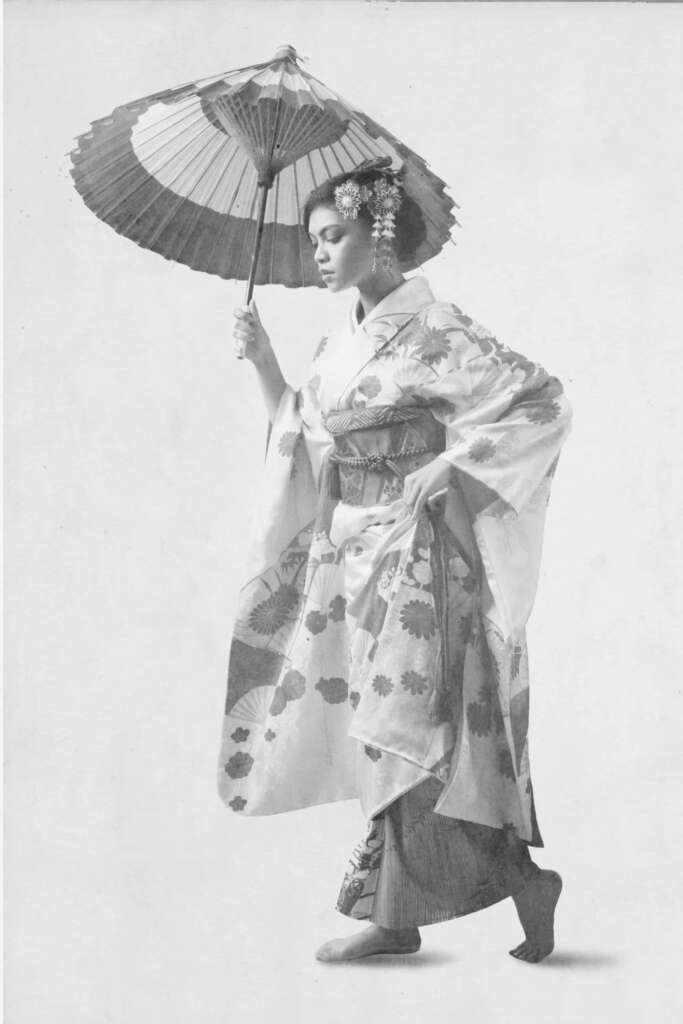
We’re All Small Fish in a Giant Ocean
No matter how “famous” you are in the photography industry or how unknown you are (like me), the fame shouldn’t be what drives you to create amazing works of art. Most of the famous painters in the world, some of the musicians and TV stars were not fully appreciated until they were no longer with us. Don’t let fame stand in your way if you love what you do. You have to find what drives your passion in photography or whatever it is you do and discover a way to make a living from it. Many photography businesses will fail if they don’t learn how to translate their work into income and not all work will make money. There may be many closed doors and self-perceived failures along the way, but your own perseverance will carry you if you continue to try. Look at Picaso, for instance, he’s world renowned as an innovative artist for his time. You could compare his work to hundreds of other painters and you might like his more or less depending on the genre. My point is, there’s a market for quality work, you just have to find it…
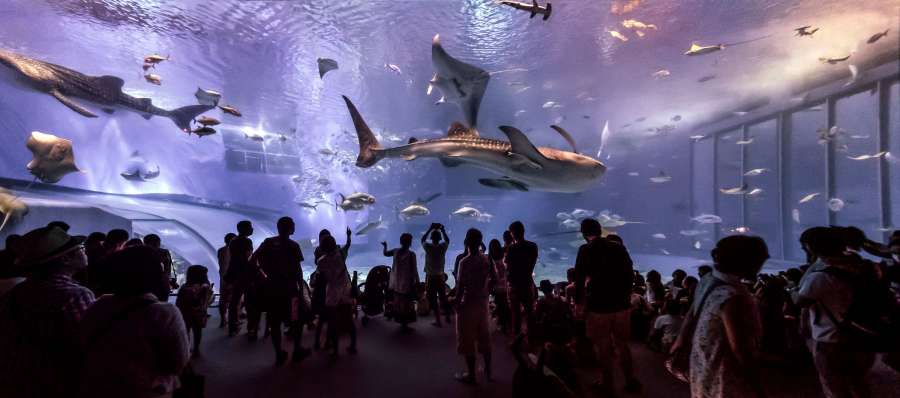
Tips by Chris Bergstrom
I hope you are truly inspired by my artwork, photography and feel that you now have enough knowledge to go out there and give it a try for yourself. I’ve been a photographer for over 20 years and this was my first composite made in September, 2016. If an old dog like me can do it, so can you! Thank you for reading my article and I hope you enjoyed it. Have a great day and continue shooting photos, ALWAYS!

